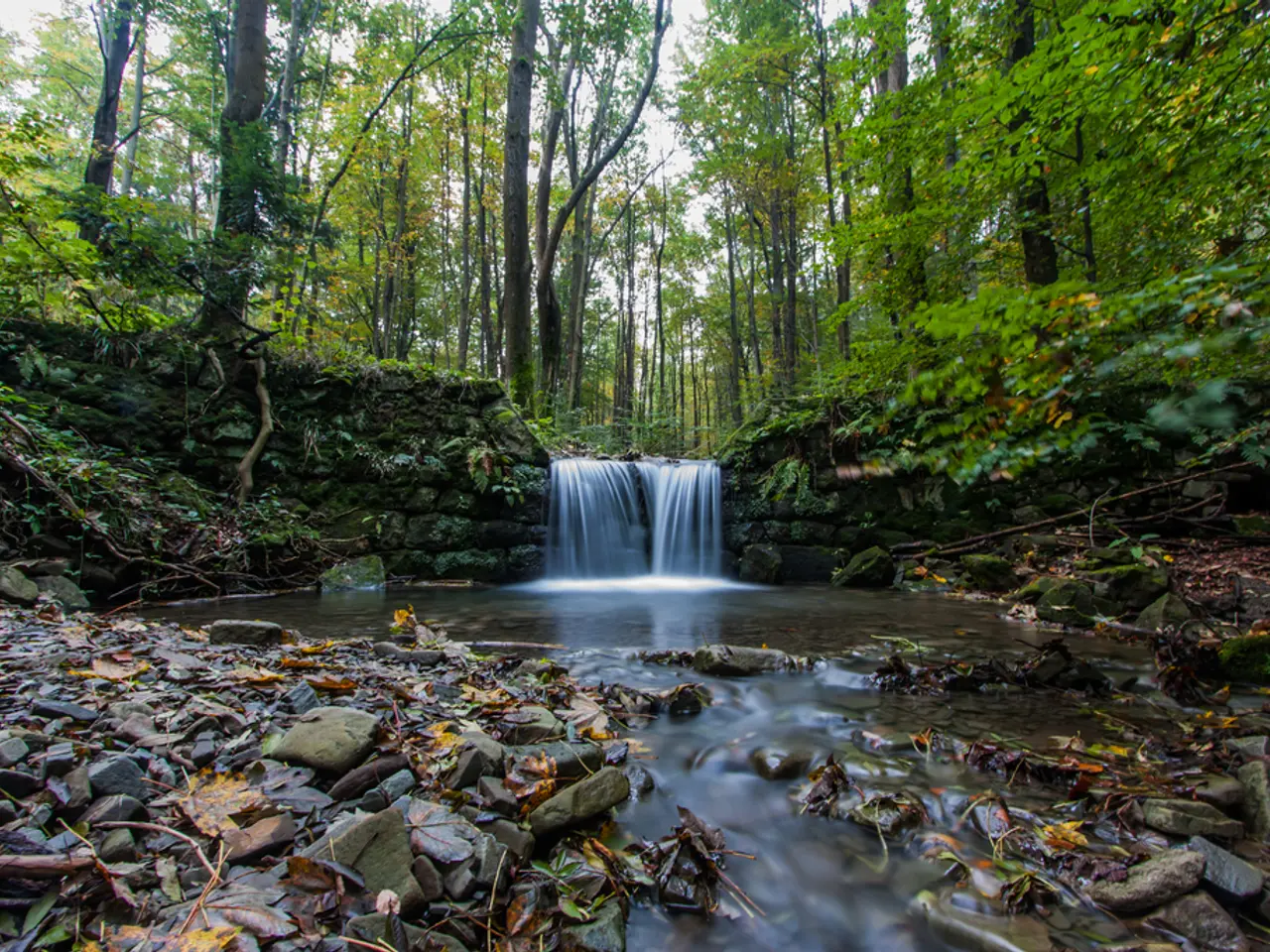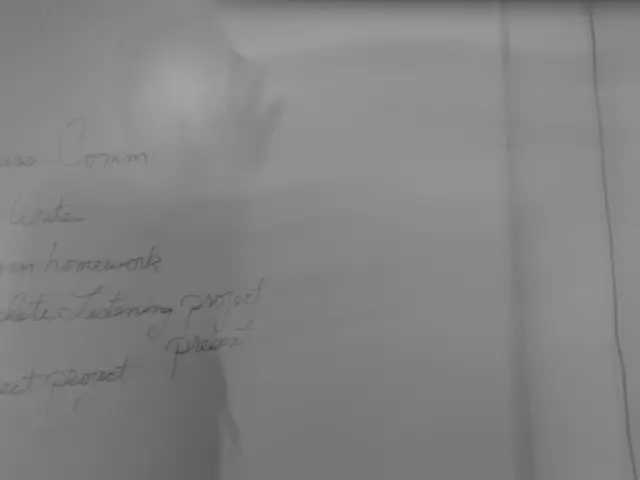Renowned Professor Simon Mathias releases a fresh textbook, titled "Hydraulics, Hydrology and Environmental Engineering," through Springer publishing house.
A new textbook, titled "Hydraulics, Hydrology and Environmental Engineering," is now available for engineering and science students. This comprehensive resource is designed to help students develop skills in these crucial areas at basic, intermediate, and advanced levels. The book is intended for use by students, but it is also beneficial for researchers.
The textbook offers a rich environment for students and researchers to practice mathematics and learn about deriving analytical solutions in an environmental engineering context. It places emphasis on distinguishing between theoretical and empirical results, and includes exercises that can help students learn effectively. Written challenges are included throughout the text to help readers derive important theoretical results for themselves.
The content of the book is focused on environmental engineering, with detailed coverage of hydraulics and hydrology as extensions of fluid mechanics and thermodynamics. The book begins with the fundamentals of fluid mechanics as applied to hydraulics, including flow in open channels and closed conduits, pipe flow analysis, hydraulic machines, and design of hydraulic structures.
The study of hydrology covers the water cycle components such as precipitation, infiltration, runoff, evapotranspiration, groundwater flow, and methods to estimate surface water flow, flood analysis, and stormwater management techniques. Important subtopics like Manning’s equation for open channel flow design, hydraulic residence time for sediment removal, bioswales for stormwater treatment, sludge handling, water resource management, and environmental quality standards are also addressed.
In addition to these core topics, the book covers concepts related to wastewater management, water and air purification, solid and hazardous waste management, pollution control methods, environmental impact assessment, and sustainable engineering practices. Environmental systems modeling and frequency distribution methods for water resources analysis are also discussed.
Operational and maintenance aspects related to hydraulic and stormwater infrastructure, regulatory requirements, and project planning in hydraulics and hydrology projects are also covered. The book provides a wealth of theoretical and practical exercises to aid teachers in planning innovative learning experiences for their students. Each chapter includes a set of related practical problems with detailed worked solutions, many of which include short, self-contained MATLAB codes.
The textbook is accessible through the provided link and is designed to be useful for both in-class and home learning. With its focus on practical, hands-on learning, this textbook is an invaluable resource for any engineering or science student seeking to master hydraulics, hydrology, and environmental engineering.
This textbook, "Hydraulics, Hydrology and Environmental Engineering," not only caters to science students but also serves as a valuable resource for those pursuing education and self-development in the field of environmental-science. It offers an engaging learning environment, where students can practice mathematics, derive analytical solutions, and work through exercises that facilitate effective learning. Furthermore, the book covers a wide array of topics, such as wastewater management, water and air purification, and sustainable engineering practices, providing students with a comprehensive understanding of hydraulics, hydrology, and environmental engineering.




